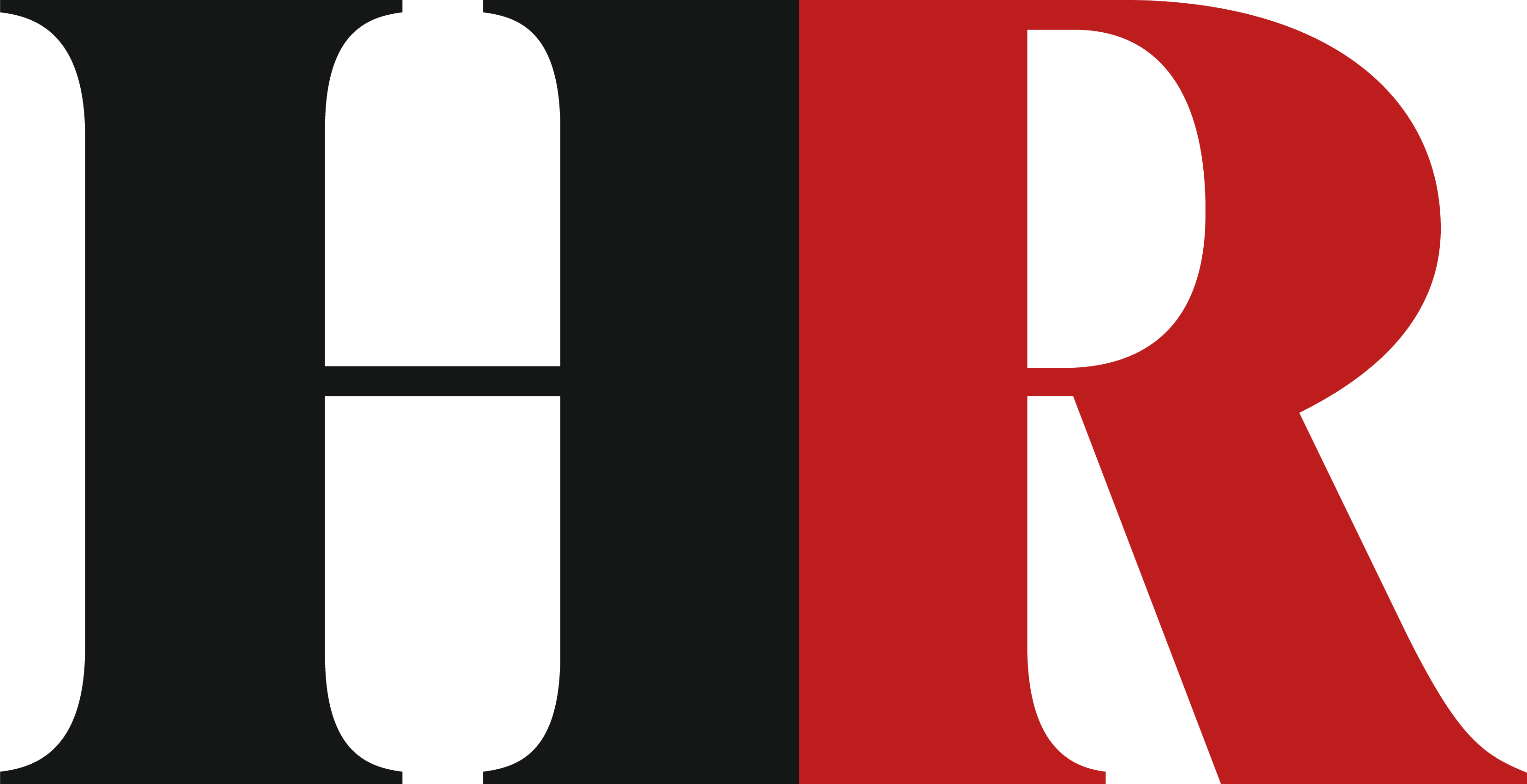Software provider Ciphr has cited figures showing that more than a quarter (26%) of UK employees were actively job-hunting in 2024, so this year's early January job-hunting spike is likely to be even higher than in 2023, when 22% of employees reported wanting to start the new year with a new job, according to statistics from recruiter Michael Page.
"There's typically a surge of candidate availability in January, due to seasonal jobs ending and new roles being advertised as companies start their yearly hiring strategies," Petra Tagg, operations director at recruitment firm ManpowerGroup, told HR magazine.
Two in five (40%) people who said they wanted a new role in the new year reported that they would wait until after the holiday to apply. This current new year (2025) likely to follow the same pattern, according to Tagg.
Separate data from hiring and review platform Glassdoor, published in January 2020, showed that 7 January was the busiest day for job applications, reporting an estimated 17% jump in the number of job applications.
Tagg continued: “For HR, it’s essential to be clear on the types of roles you’re hiring for; what are the key skills and behaviours you need for your organisation? Do you need short (temporary), or long-term appointments?”
Although employees might look for new jobs in the new year, data suggests that employers will roll back on hiring due to increases in employers' national insurance contributions.
Employers in the private sector signalled that they expected a fall in output and hiring in the three months to March 2025, according to a survey of 899 firms by the CBI, published on 23 December.
Read more: Pay growth rises amid concerns about reliability of ONS labour stats
Meanwhile, employers’ demand for staff reached a four-year low, according to a report from KPMG and the Recruitment and Employers Confederation (REC), published on 9 December.
However, competition among jobseekers was “intense” in 2024, according to James Neave, head of data science at jobs platform Adzuna.
There were two jobseekers per vacancy in November 2024, Adzuna’s latest report, published on 23 December, revealed. Meanwhile, the number of jobseekers rose at its steepest in three months in November, according to the KPMG and REC report.
To prepare for a possible recruitment surge, HR should ensure that job descriptions are accurate to the role, to attract the right talent, Neave advised.
Speaking to HR magazine, he said: “Take the time to review the job ad. Ensure job descriptions are precise and clearly aligned with the role.
“One easy way to filter for motivated candidates is by including salary information in job postings.
“Embracing salary transparency can enhance employer branding and significantly elevate candidate experience.”
Josh Millet, CEO and co-founder of talent assessment company Criteria Corp, noted that jobseekers’ use of AI would make it more difficult for HR to screen CVs for relevant applications.
“Getting a clear and accurate picture of a candidate’s qualifications from a resume has always been challenging, but the growing use of AI on both the candidate and recruiter side to bolster and screen resumes, respectively, has made it more so,” he told HR magazine.
Read more: Job ads showing salary hit record low
Employers should have evaluation processes in place that help them understand whether candidates are qualified beyond skills listed on CVs, Millet advised.
He said: “Recruiters need to ensure they have a clear and specific evaluation and interview process outlined for open positions. That includes steps intended to provide more accurate and objective analysis of a candidate’s qualifications beyond a resume that may have been supplemented with AI.
“For example, personality or skills assessments can provide measurable and objective insight that enable better, more informed hiring decisions that have been proven to reduce time-to-hire and give recruiters more confidence that the candidates they’re advancing in the process have the qualifications their resume indicates.”
Recruiters could also use AI tools to help them screen job applications, according to Stephanie Coward, managing director of human capital management at Iris Software Group.
Speaking to HR magazine, she said: “An advanced applicant tracking system is a necessity for modern recruitment.
“These systems should incorporate role-specific application forms and intelligent sifting tools that can efficiently identify top talent from wider and more diverse talent pools.
“One such example is introducing candidate flags, which can automatically filter out CVs before they’re passed on to a hiring manager. But it’s essential that parameters are agreed by the team beforehand.”
AI could also be used to boost diversity, equity and inclusion in recruitment, Coward added.
She continued: “It’s equally important to maintain a strong focus on equality, diversity, and inclusion through anonymised recruitment processes.
“This is where AI in recruitment can shine, helping block out identifiers such as age, sex and gender to minimise the risk of unconscious bias.”
The CBI surveyed 899 firms between 25 November and 12 December 2024.









